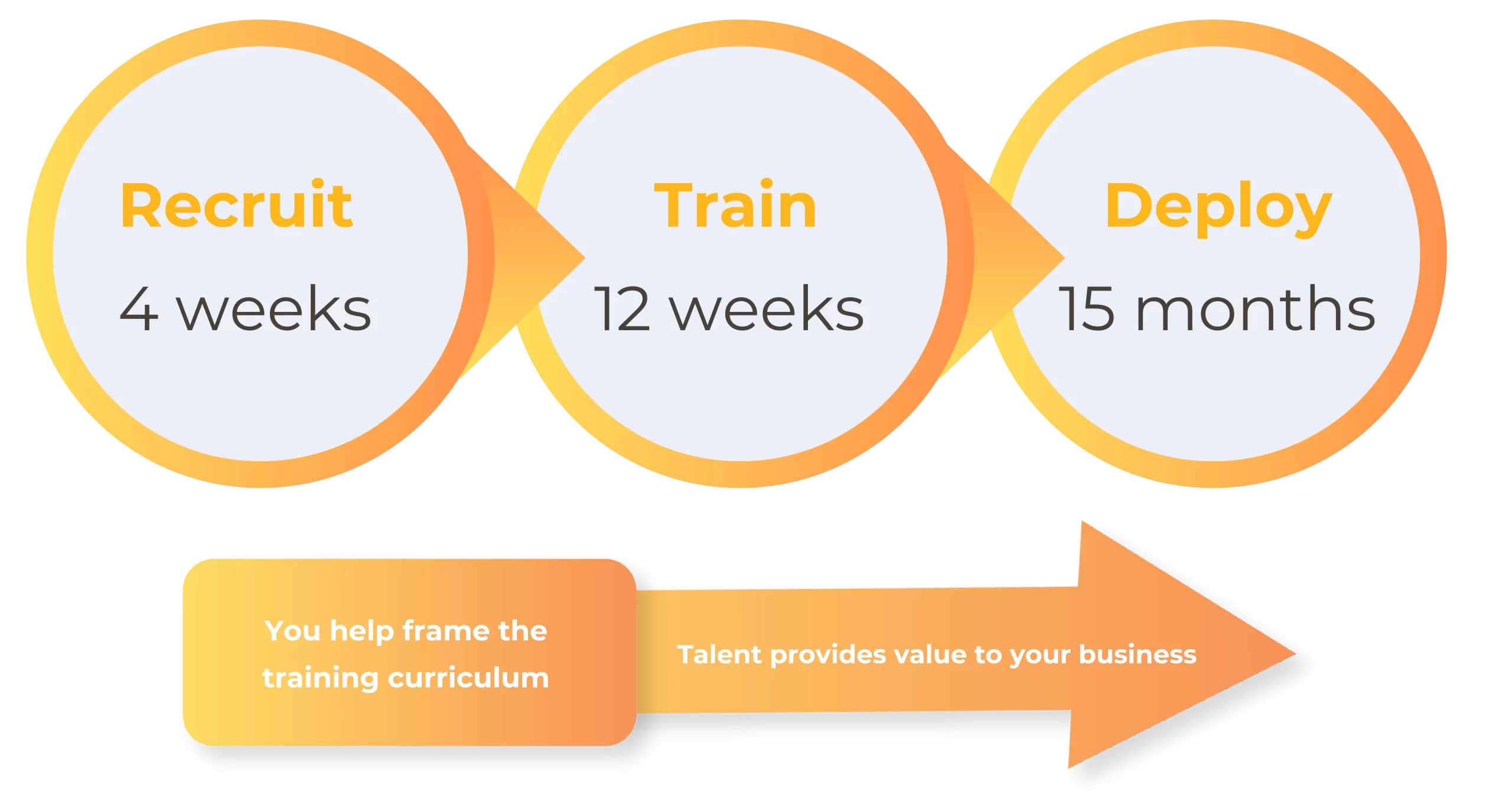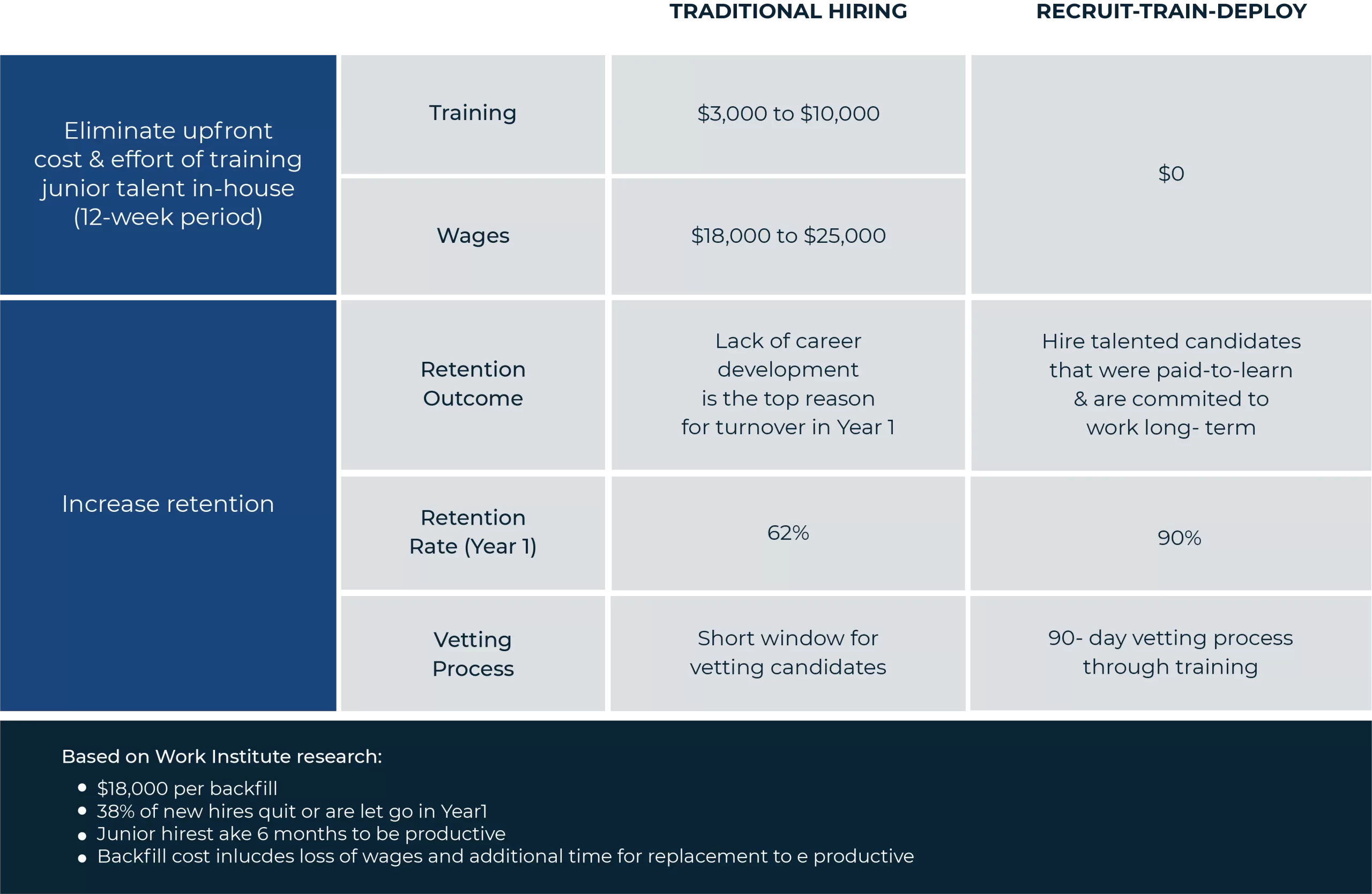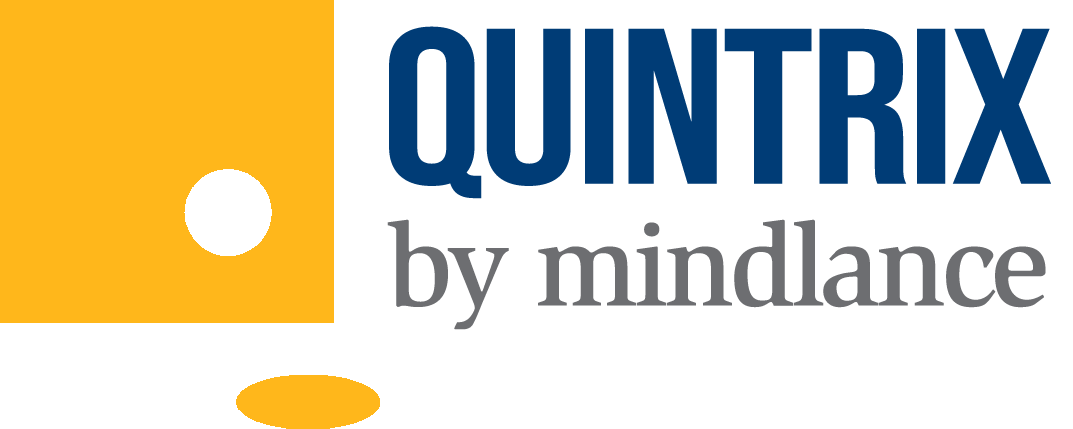Mainframes Are Still In, But Many Programmers Are Out – Now What?
Many companies still use (and some are starting to use) mainframes (largely running COBOL) despite the advances of cloud computing and AI, and most plan to for the next decade.

The impending retirement of legacy mainframe/COBOL programmers is not just a future concern, it is a pressing challenge that many companies are already grappling with. As these seasoned professionals exit the workforce in large numbers, the lack of emerging talent learning these skills is becoming a significant hurdle for organizations.
“Coding (COBOL) is cumbersome, it reads like an English lesson (too much typing), the coding format is meticulous and inflexible, and it takes far longer to compile than its competitors.” – The World Depends on 60-Year-Old Code No One Knows Anymore”, Dec. 1, 2023, PCMag
These reasons and the lack of training opportunities are keeping younger programmers from learning it.
An Innovative Talent Solution
The recruit, train, deploy (RTD) talent model is not just a solution; it is a game-changer for organizations. It equips businesses with pre-trained mainframe language programmers on a contract basis, enabling them to bridge talent gaps swiftly and test potential hires before committing permanently. This innovative approach is designed to ensure that the infrastructure team stays ahead of the curve.
By adopting the RTD model, companies gain access to a pipeline of trained, early-career talent that helps to secure future talent needs. The model ensures a smooth transition and effective succession planning as mainframe-trained programmers retire.

“Succession planning ensures leadership continuity. It retains and develops intellectual capital for the future.” – “The Importance Of Succession Planning And How You Can Start”, Sept. 27, 2018, Forbes.

Most large organizations incorporate succession planning into their strategic plan. It is a critical component of a company’s future readiness. Effective succession planning provides confidence to move forward with strategic initiatives securely, knowing that the organization has ample skills to backfill. With a pipeline of highly skilled mainframe-language programmers, tech leaders can progress with certainty.

First, businesses need to engage an RTD firm and discuss their particular skills requirements and scope. The firm then works with the company to establish a training curriculum for early career talent. Sourcing new talent from universities, grassroots diversity organizations, etc., the RTD firm then spends three months training the programmers with the precise skills needed. The training includes professional development that helps prepare individuals to excel on the job. Once training is complete, the talent comes to work for the business in a contract capacity. The hiring team can further train them, monitor their adaptability to their organization, and then elect to hire them permanently. RTD provides options, flexibility, and assurance.
Alternate Hiring Model Challenges
From a financial, timing, business continuity, and security perspective, a traditional permanent-hiring approach to filling mainframe programming can be challenging for a team.
The hiring process can be daunting, especially when searching for unique, legacy skills like COBOL and other mainframe programming languages. Traditional recruiting approaches are much less successful.
With apprenticeships, line managers train the new hires directly, but it takes upwards of 12 months before the programmers are productive and contribute independently to the business’s needs. Furthermore, they wind up paying talent out of their own budget while they train.
Another popular talent-sourcing model—boot camps—preselects early-career professionals and may provide some of the training required, but the company’s own team is not involved in the training journey. They are relying solely on the boot camp to train the talent properly. There is, however, no cost to the organization, but there are risks that the talent won’t meet their specific needs without further on-the-job training, which can delay their time-to-productivity.
 Campus recruitment may not be an option, as most colleges do not offer COBOL training.
Campus recruitment may not be an option, as most colleges do not offer COBOL training.Collectively, these alternate hiring models can strain business continuity as they each come with some level of uncertainty, risk, or delay. Organizations may not be able to rely on this talent in the near term, and critical gaps created by retiring programmers may be left temporarily unfilled, putting the business at a security risk. What’s more, strategic initiatives may have to be put on hold and one’s competitive advantage put to the test while they recruit and train the right talent.
RTD, on the other hand, is a comprehensive model that can address a business’s programming needs proactively without risking sudden talent inadequacies.
The next generation of mainframe programmers is out there, and the RTD model puts those that meet specific requirements in reach today, tomorrow, and into the future.


